Code
HCS21452
Weight
100 gm / 0.22 lbs
Size
Height
76cm (30") Width
53cm (21") Material
Cotton Canvas Natural Color
Availability
Subject to Availability
Date Added
2020-08-28 13:20:22
Note : We used to sell this product 5 years ago so it may no longer be in our stock.
It is possible that we still have it with our suppliers but the price could be different from before.
Feel free to order. We will verify availability and inform you promptly.
It is possible that we still have it with our suppliers but the price could be different from before.
Feel free to order. We will verify availability and inform you promptly.

Safe Payment
We accept Paypal, Money Transfer, Bank Transfer
Confidence
Protection covers your purchase and personal data.
Worldwide Delivery
We ship Worldwide, except Russia.Shipping cost US$25.2 for upto 0.5 kgs

Hotline
Talk to help line for your question on 9841267335Code : RT49723
Newari Paubha
This [hq] Newari Paubha Of Amitabha Buddha With [24k Gold] is a newari thangka or Paubaha, Paubha, also known as "paubhas," is a traditional religious painting created by the Newar people of Nepal. These exquisite artworks depict various subjects, including deities, mandalas, and monuments, and serve as aids for meditation and spiritual practices. Paubhas are similar to Tibetan Thangka paintings and are highly regarded for their religious and cultural significance.
While most paubhas portray Buddhist subjects, there are also a few that incorporate Hindu themes. The creation of these paintings is seen as a means of earning religious merit for both the artist and the patron. Newar Buddhists often commission skilled artists, primarily from the Chitrakar caste (known as Pun in Nepal Bhasa), to paint paubhas that are displayed during festivals and special occasions. Read More . . .
This [hq] Newari Paubha Of Amitabha Buddha With [24k Gold] is a newari thangka or Paubaha, Paubha, also known as "paubhas," is a traditional religious painting created by the Newar people of Nepal. These exquisite artworks depict various subjects, including deities, mandalas, and monuments, and serve as aids for meditation and spiritual practices. Paubhas are similar to Tibetan Thangka paintings and are highly regarded for their religious and cultural significance.
While most paubhas portray Buddhist subjects, there are also a few that incorporate Hindu themes. The creation of these paintings is seen as a means of earning religious merit for both the artist and the patron. Newar Buddhists often commission skilled artists, primarily from the Chitrakar caste (known as Pun in Nepal Bhasa), to paint paubhas that are displayed during festivals and special occasions. Read More . . .
Introduction to Thangka
A thangka, also known as tangka, thanka, or tanka, is a vibrant and intricate Tibetan Buddhist painting that serves as a visual representation of spiritual teachings. Crafted with meticulous detail on cotton or silk appliqué, thangkas depict a wide range of subjects including Buddhist deities, sacred scenes, mandalas, and narrative stories. These sacred artworks are traditionally kept unframed and rolled up for storage, resembling ancient scrolls. To protect their delicate nature, thangkas are mounted on textile backings and often adorned with a silk cover on the front. Proper preservation in dry environments is crucial to maintain the integrity and longevity of the silk. Read More . . .
A thangka, also known as tangka, thanka, or tanka, is a vibrant and intricate Tibetan Buddhist painting that serves as a visual representation of spiritual teachings. Crafted with meticulous detail on cotton or silk appliqué, thangkas depict a wide range of subjects including Buddhist deities, sacred scenes, mandalas, and narrative stories. These sacred artworks are traditionally kept unframed and rolled up for storage, resembling ancient scrolls. To protect their delicate nature, thangkas are mounted on textile backings and often adorned with a silk cover on the front. Proper preservation in dry environments is crucial to maintain the integrity and longevity of the silk. Read More . . .
Brief Introduction :
Amitabha is head of the Lotus Family, one of oldest & significant of the Five Buddha Families. This family represents love, purity, compassion & peace. Amitabha Purelandis a place of infinite bliss & boundless light. He will guide you along a path of simplicity and purity towards such a place where you can find inner contentment. Amitabha will help you overcome addictions and cravings.
Iconography :Amitabha Buddha is also one of the five Tathagatas representing the wisdom of discriminating awareness (skt. Pratyavekshanajnana). When discriminating wisdom dawns on us we realize Non-production or non-origination of all things. He also represents purified form of desire.
Amitabha Buddha is red in color. He is represented in the stupa facing to the west. He rides on peacock symbolizing that he can take away the suffering of others just as the peacock eats poisonous plants and yet his tail shines forth.
Amitabha in Sanskrit means immeasurable light or limitless light. He resides in the western land of unlimited bliss (skt. Sukhavati). He is assisted by two Bodhisattvas viz. Avalokiteshvara and Mahasthamaprapta. When he was a bodhisattva he was called Bhikshu Dharmakara. He made vows to establish an adorned land of unlimited bliss to ferry over those living beings who recite his name. On the basis of those vows, any living being who has faith, makes vows and practices diligently will be received by this Buddha and reborn in the pure land of unlimited bliss.
Amitabha Buddha presides over the Bhadrakalpa i.e. Fortunate Aeon. He always exhibits Dhyana mudra. He belongs to the Lotus family. He originates from the seed syllable Hrih. He can be recognized through the symbol of the lotus. With his extensive vows and great compassion this Buddha has ferried over innumerable sentient beings. The recitation of the name of Amitabha Buddha is a common practice in China and Japan. In Tibet too, devotees recite very often the prayer to be reborn in the land of Amitabha Buddha.urity
Commentary :Amitabha Buddha is red in color. He is represented in the stupa facing to the west. He rides on peacock symbolizing that he can take away the suffering of others just as the peacock eats poisonous plants and yet his tail shines forth.
Amitabha in Sanskrit means immeasurable light or limitless light. He resides in the western land of unlimited bliss (skt. Sukhavati). He is assisted by two Bodhisattvas viz. Avalokiteshvara and Mahasthamaprapta. When he was a bodhisattva he was called Bhikshu Dharmakara. He made vows to establish an adorned land of unlimited bliss to ferry over those living beings who recite his name. On the basis of those vows, any living being who has faith, makes vows and practices diligently will be received by this Buddha and reborn in the pure land of unlimited bliss.
Amitabha Buddha presides over the Bhadrakalpa i.e. Fortunate Aeon. He always exhibits Dhyana mudra. He belongs to the Lotus family. He originates from the seed syllable Hrih. He can be recognized through the symbol of the lotus. With his extensive vows and great compassion this Buddha has ferried over innumerable sentient beings. The recitation of the name of Amitabha Buddha is a common practice in China and Japan. In Tibet too, devotees recite very often the prayer to be reborn in the land of Amitabha Buddha.urity
The word 'Amitabha' is composed of 2 syllables. Amita-[Skt.] translates as infinite & -bha universal life or simply the universe. Related Sanskrit words include bha-va asin Bhavachakra & Bha-gavad as in Bhagavad Gita. Amitabha is often translated as Boundless Light which is taken to be the boundless Universe. Amitabha realised a Pure Land called Sukhavati which meanspossessinghappinessin Sanskrit. Sukhavati is situated in the uttermost west beyond the bounds of rational understanding. By the power of his vows he made it possible for all who call upon him to be reborn into this land, there to undergo instruction by him in the dharma and ultimately become bodhisattvas & Buddhas. Amitabha is one of the five Transcendent Buddhas emanated from the primeval 'Adi' Buddha Vajrdhara. Each of the transcendent Buddhas has arisen to help us overcome the five obstructions [Skt. Kleshas] to our spiritual growth and each is the Head of a Family. The Sanskrit word Klesha means poison in the sense of curruption. For this reason the transcendent Buddhas are called Wisdom Buddhas; they possess the wisdom to overcome viz. transcend the five obstructions are greed, hatred, delusion, jealousy & pride. Amitabha is formed to help us overcome greed [often expressed as desire]. Greed is conceived of as a thirst [Skt. Tanha] or appetite for the destructive things that harm us such as smoking, alcohol & selfishness. The transcendent Buddhas are sometimecalled the Meditation [Skt. Dhyana] Buddhas as people meditate on their wisdoms to overcome the five obstructions to spiritual growth to anable us to reach a higher level of understanding.
Mantra of Amitabha Buddha
Oṃ Amideva Hrīḥ


![[hq] Newari Paubha Of Amitabha Buddha With [24k Gold]](https://handicraftseller.com/uploads/pics/product/thumb/2020/08/21452_6.jpg)
![[hq] Newari Paubha Of Amitabha Buddha With [24k Gold]](https://handicraftseller.com/uploads/pics/product/thumb/2020/08/21452_7.jpg)
![[hq] Newari Paubha Of Amitabha Buddha With [24k Gold]](https://handicraftseller.com/uploads/pics/product/thumb/2020/08/21452_8.jpg)
![[hq] Newari Paubha Of Amitabha Buddha With [24k Gold]](https://handicraftseller.com/uploads/pics/product/thumb/2020/08/21452_9.jpg)
![[hq] Newari Paubha Of Amitabha Buddha With [24k Gold]](https://handicraftseller.com/uploads/pics/product/thumb/2020/08/21452_10.jpg)
![[hq] Newari Paubha Of Amitabha Buddha With [24k Gold]](https://handicraftseller.com/uploads/pics/product/thumb/2020/08/21452.jpg)
![[hq] Newari Paubha Of Amitabha Buddha With [24k Gold]](https://handicraftseller.com/uploads/pics/product/thumb/2020/08/21452_0.jpg)
![[hq] Newari Paubha Of Amitabha Buddha With [24k Gold]](https://handicraftseller.com/uploads/pics/product/thumb/2020/08/21452_1.jpg)
![[hq] Newari Paubha Of Amitabha Buddha With [24k Gold]](https://handicraftseller.com/uploads/pics/product/thumb/2020/08/21452_2.jpg)
![[hq] Newari Paubha Of Amitabha Buddha With [24k Gold]](https://handicraftseller.com/uploads/pics/product/thumb/2020/08/21452_3.jpg)
![[hq] Newari Paubha Of Amitabha Buddha With [24k Gold]](https://handicraftseller.com/uploads/pics/product/thumb/2020/08/21452_4.jpg)
![[hq] Newari Paubha Of Amitabha Buddha With [24k Gold]](https://handicraftseller.com/uploads/pics/product/thumb/2020/08/21452_5.jpg)
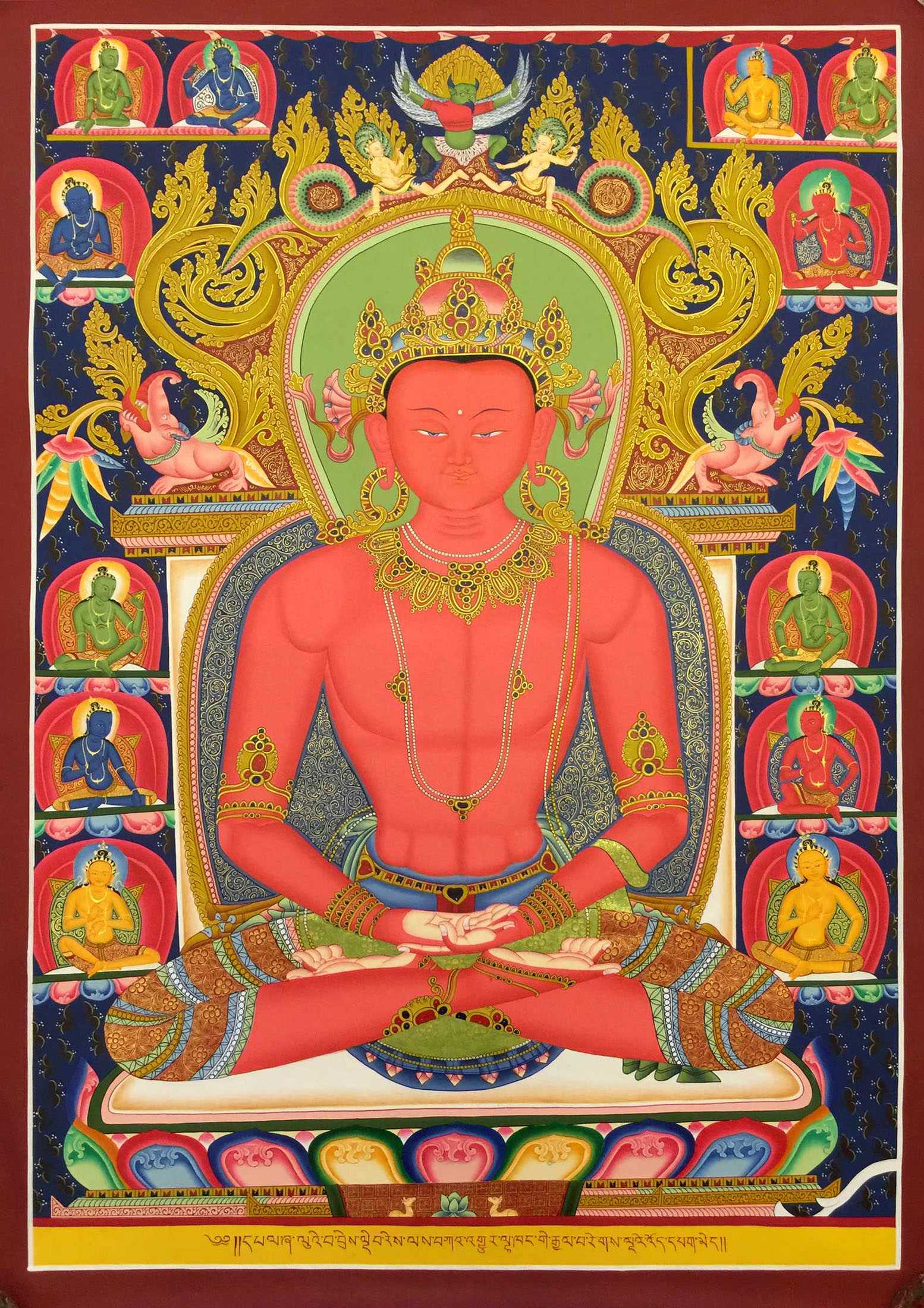









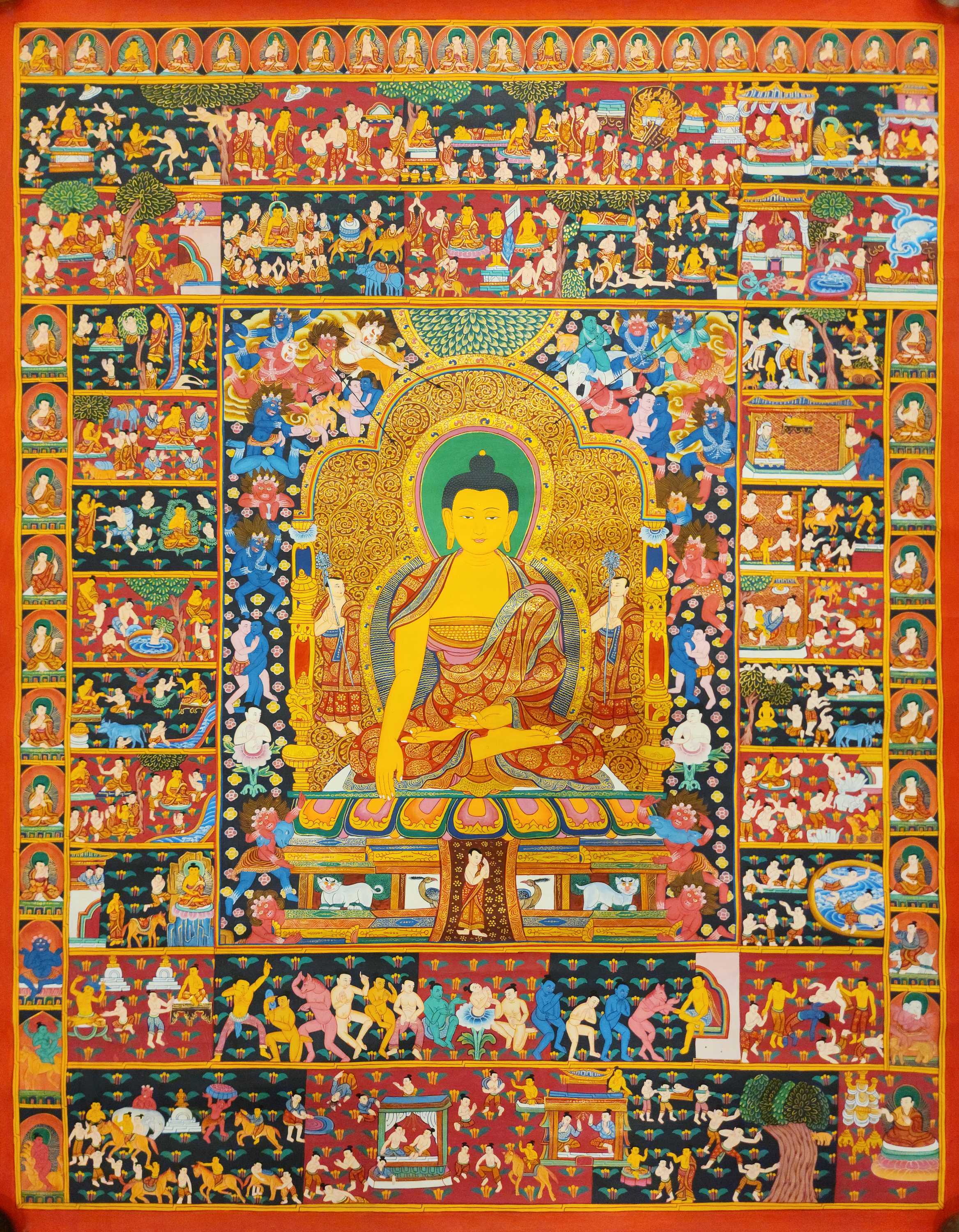 Real Gold, One Hundred Jataka,
Real Gold, One Hundred Jataka, 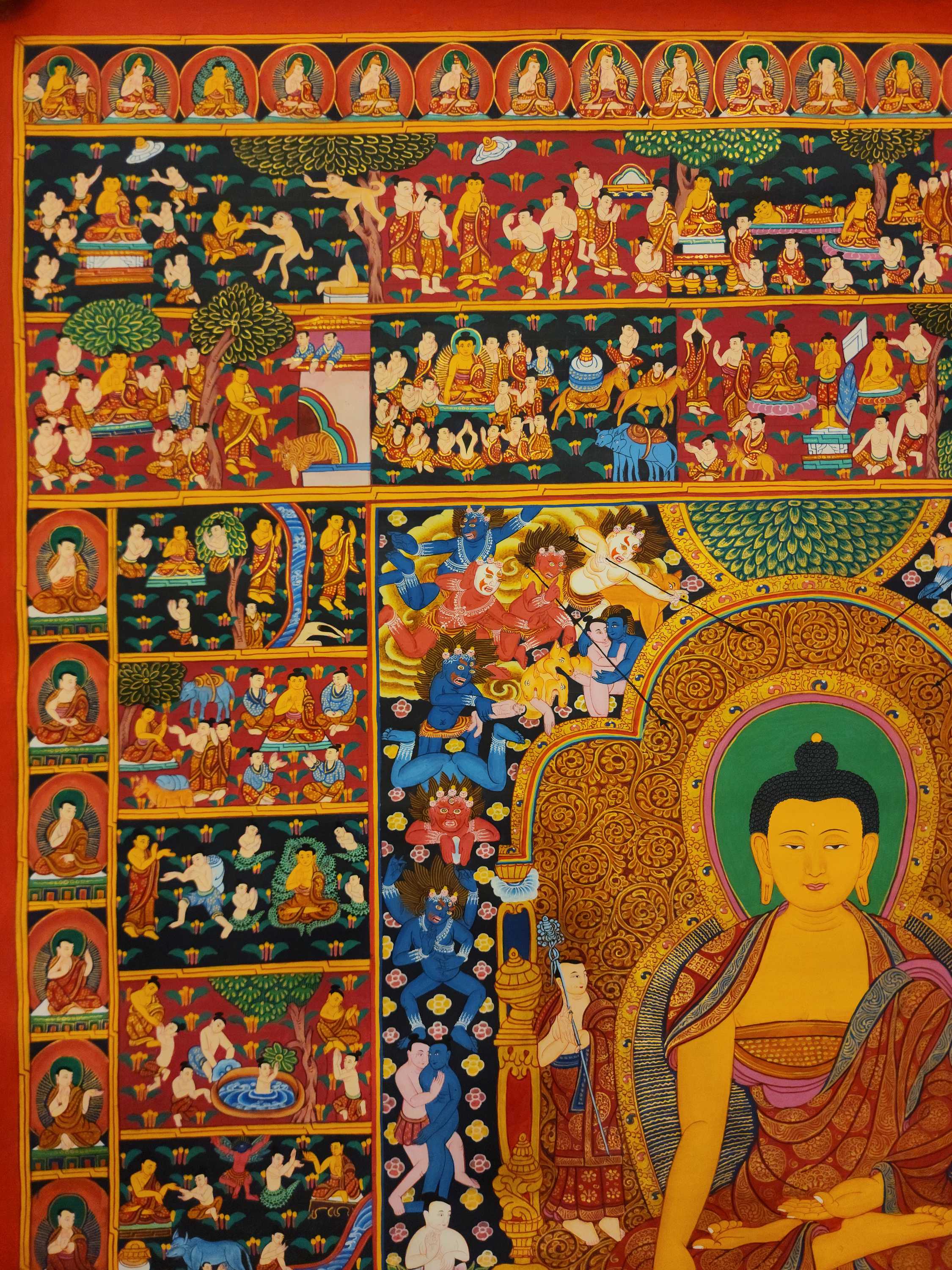 Real Gold, One Hundred Jataka,
Real Gold, One Hundred Jataka, 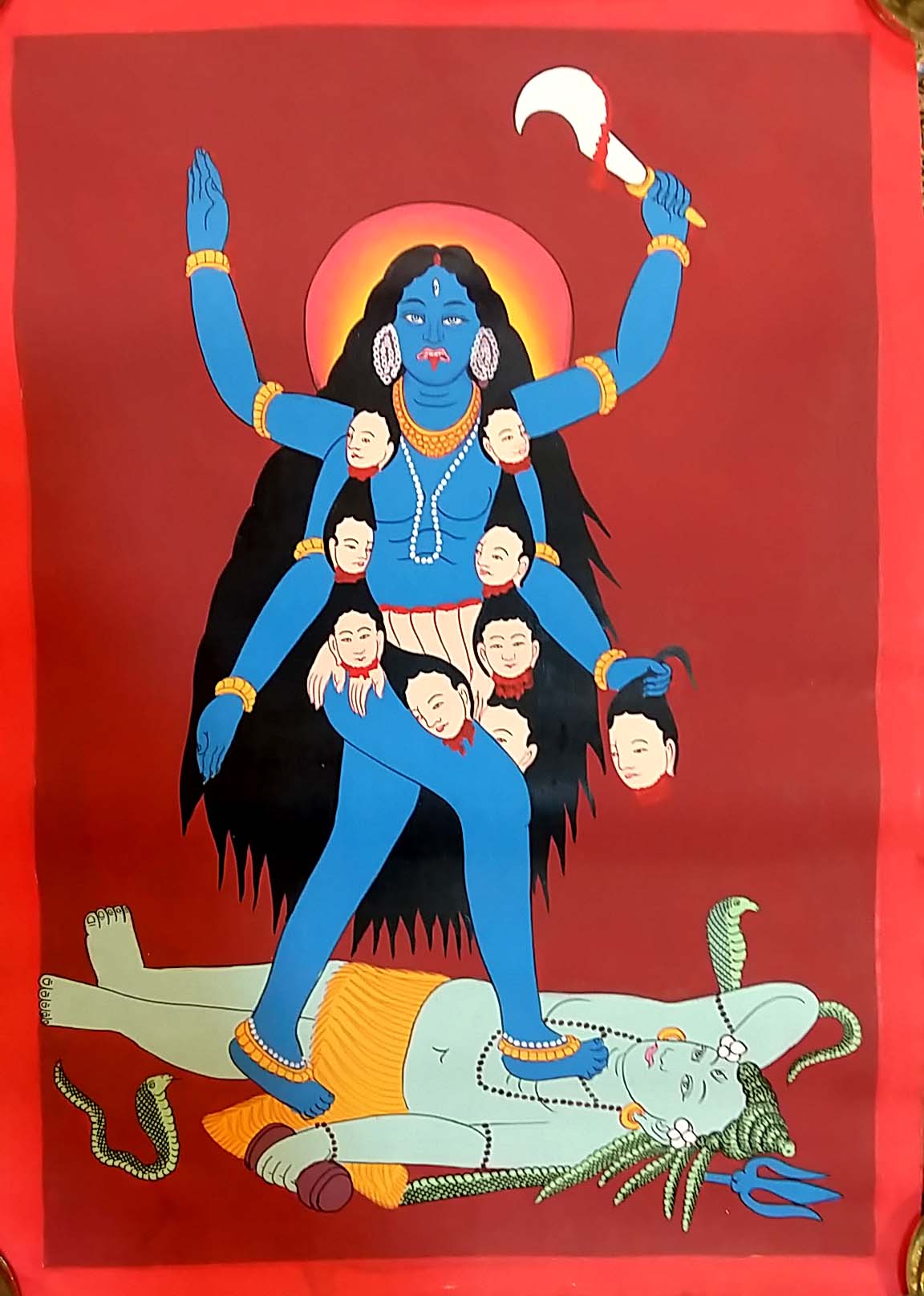
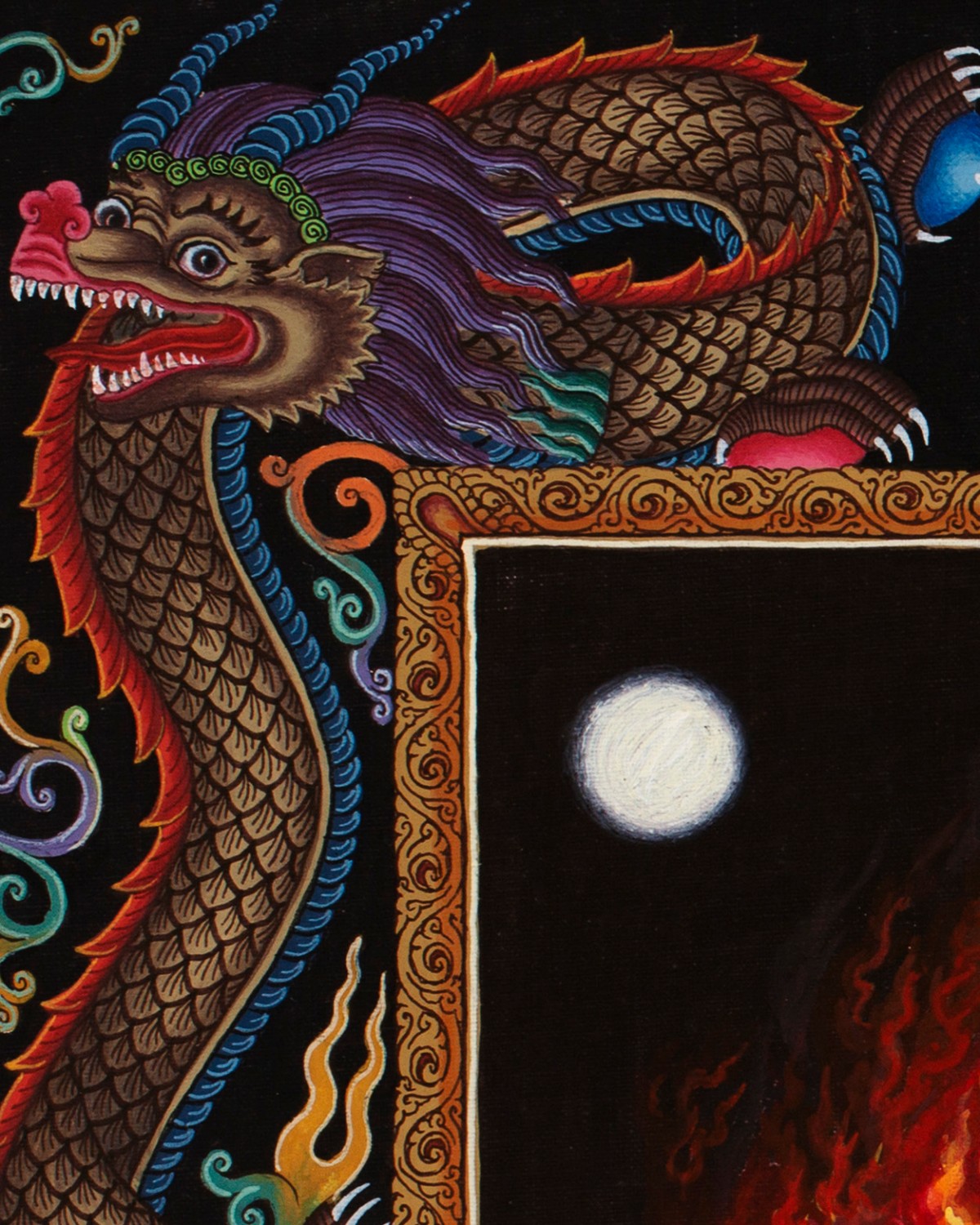 Master Quality, Newari Buddhist Thangka
Master Quality, Newari Buddhist Thangka 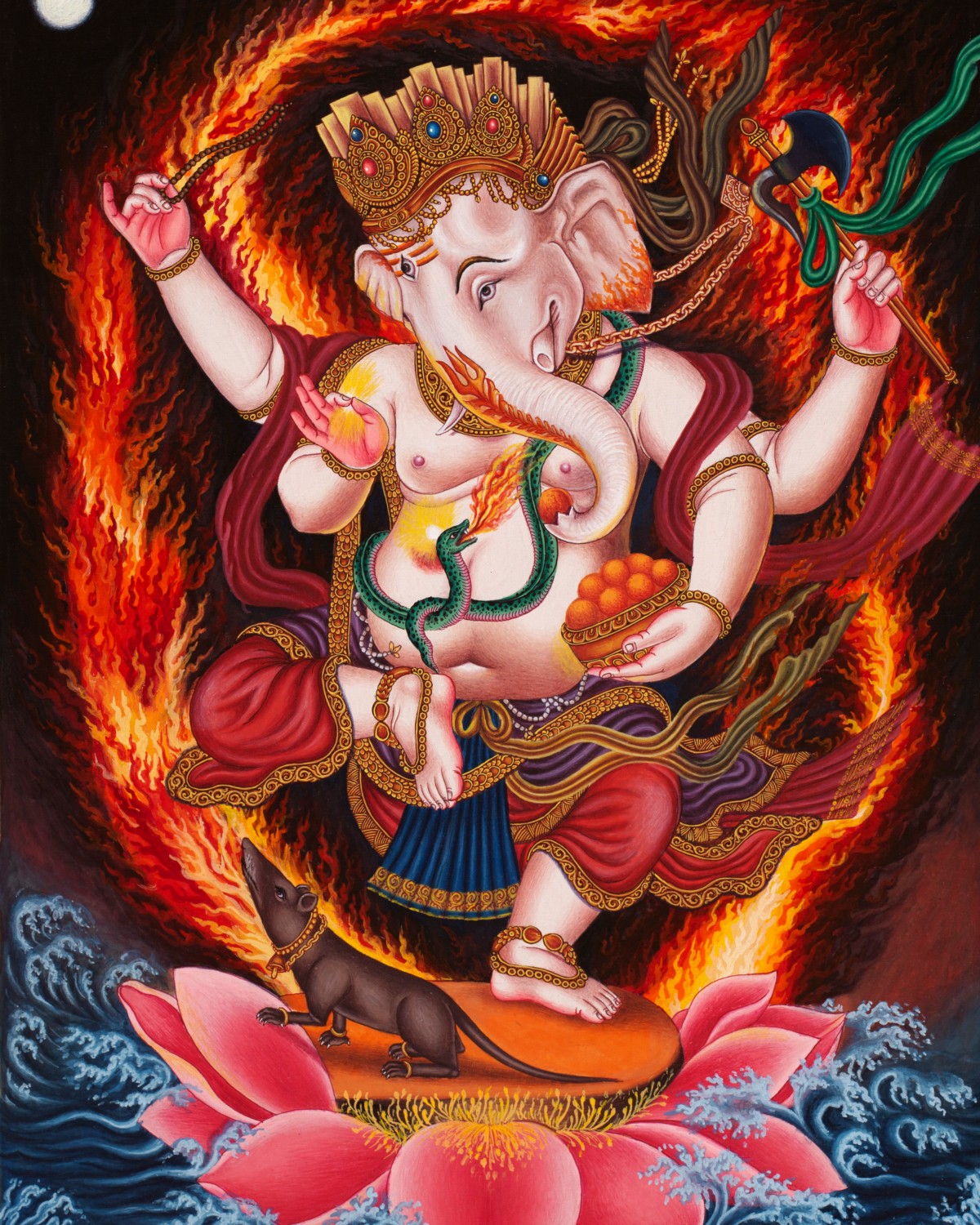 Master Quality, Newari Buddhist Thangka
Master Quality, Newari Buddhist Thangka 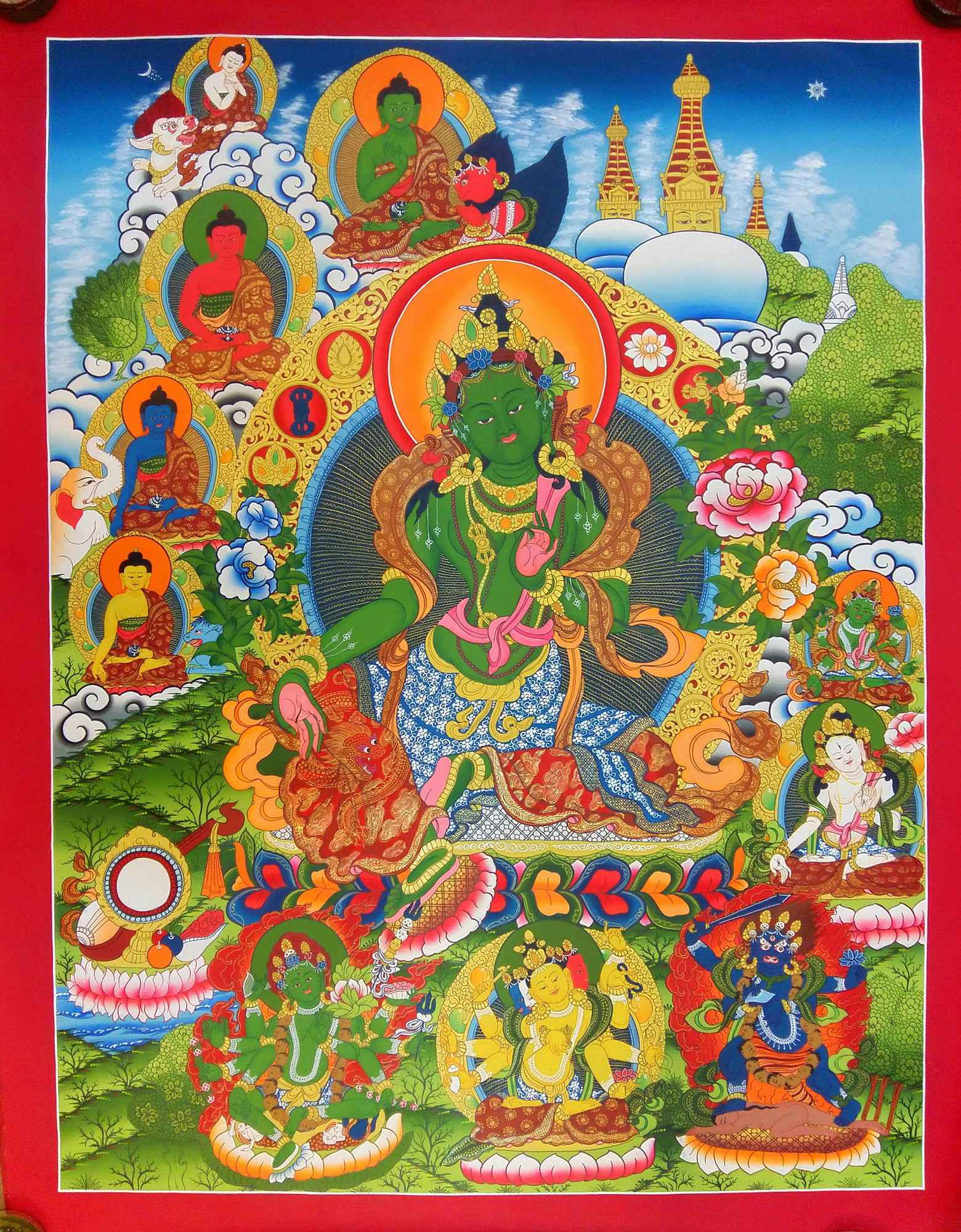 Best Quality,
Best Quality, 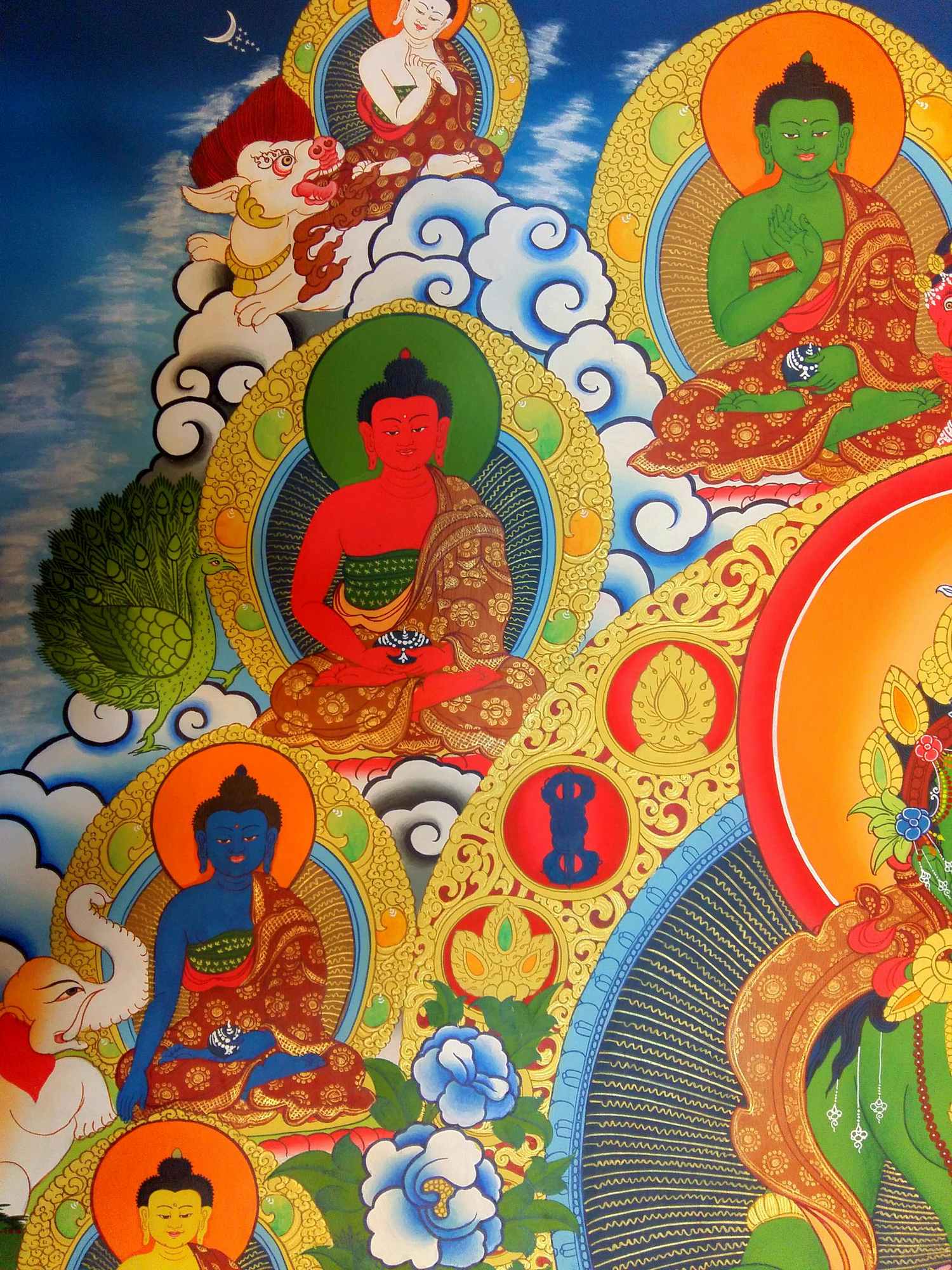 Best Quality,
Best Quality, 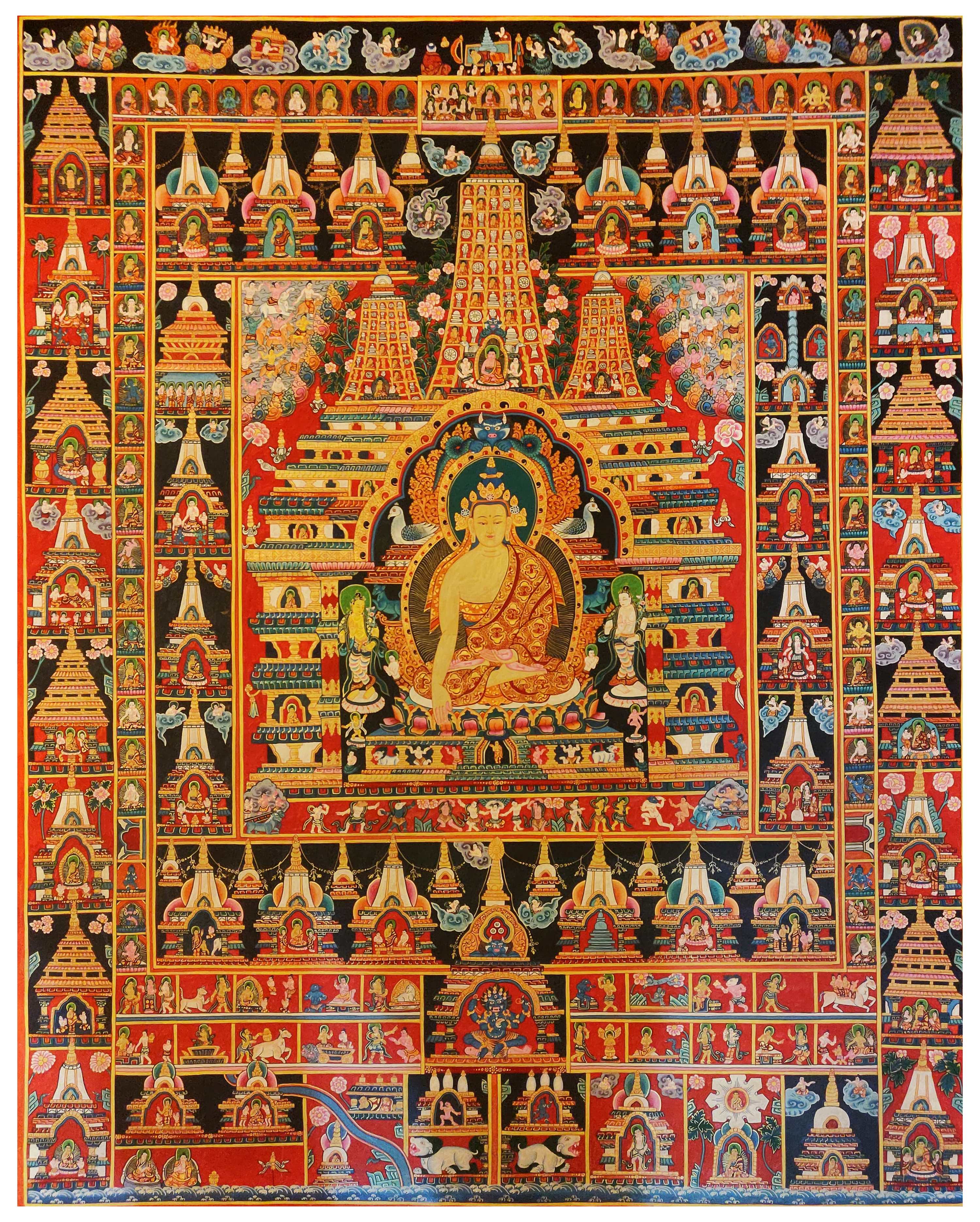 Real Gold, One Hundred Jataka Tales,
Real Gold, One Hundred Jataka Tales, 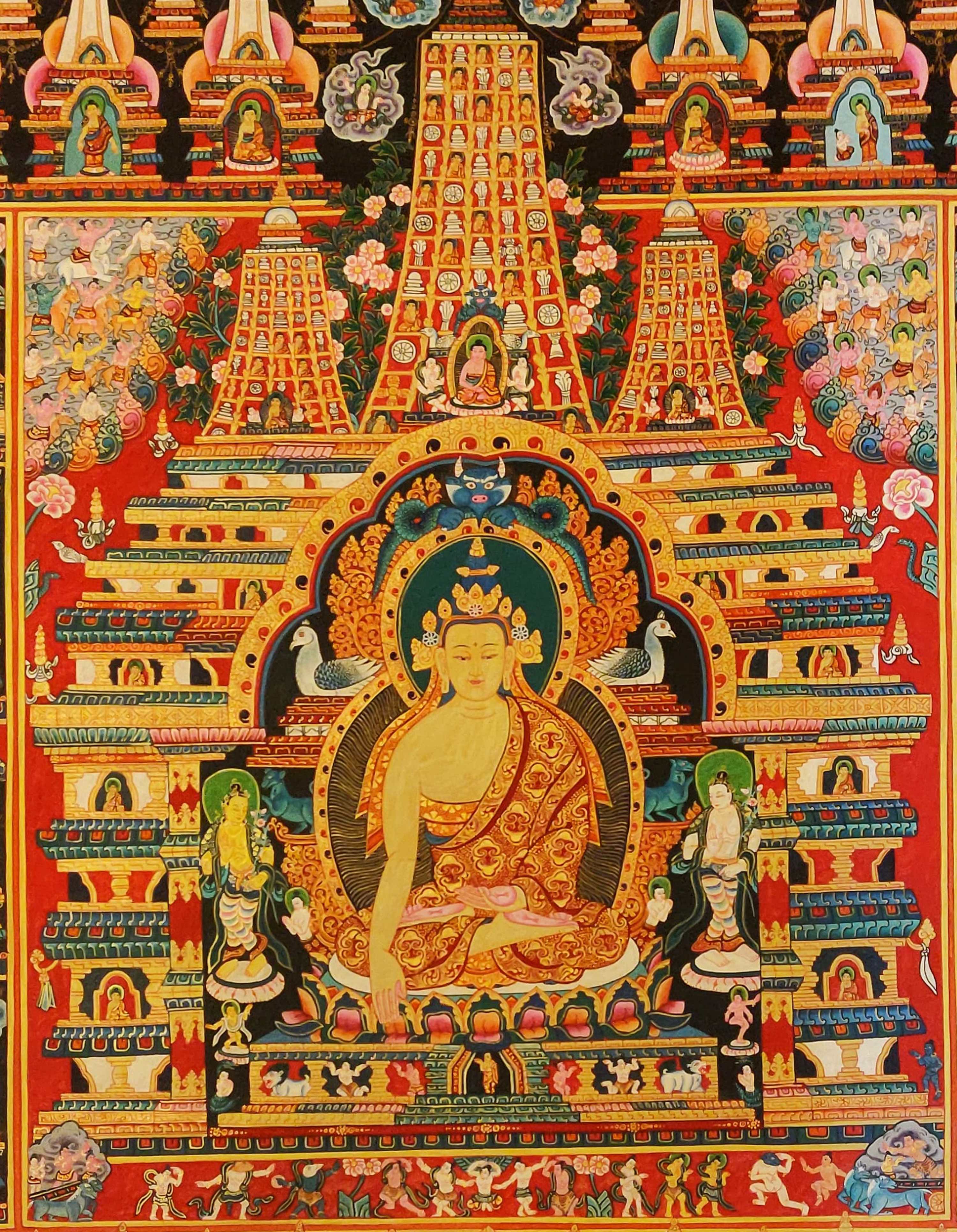 Real Gold, One Hundred Jataka Tales,
Real Gold, One Hundred Jataka Tales, 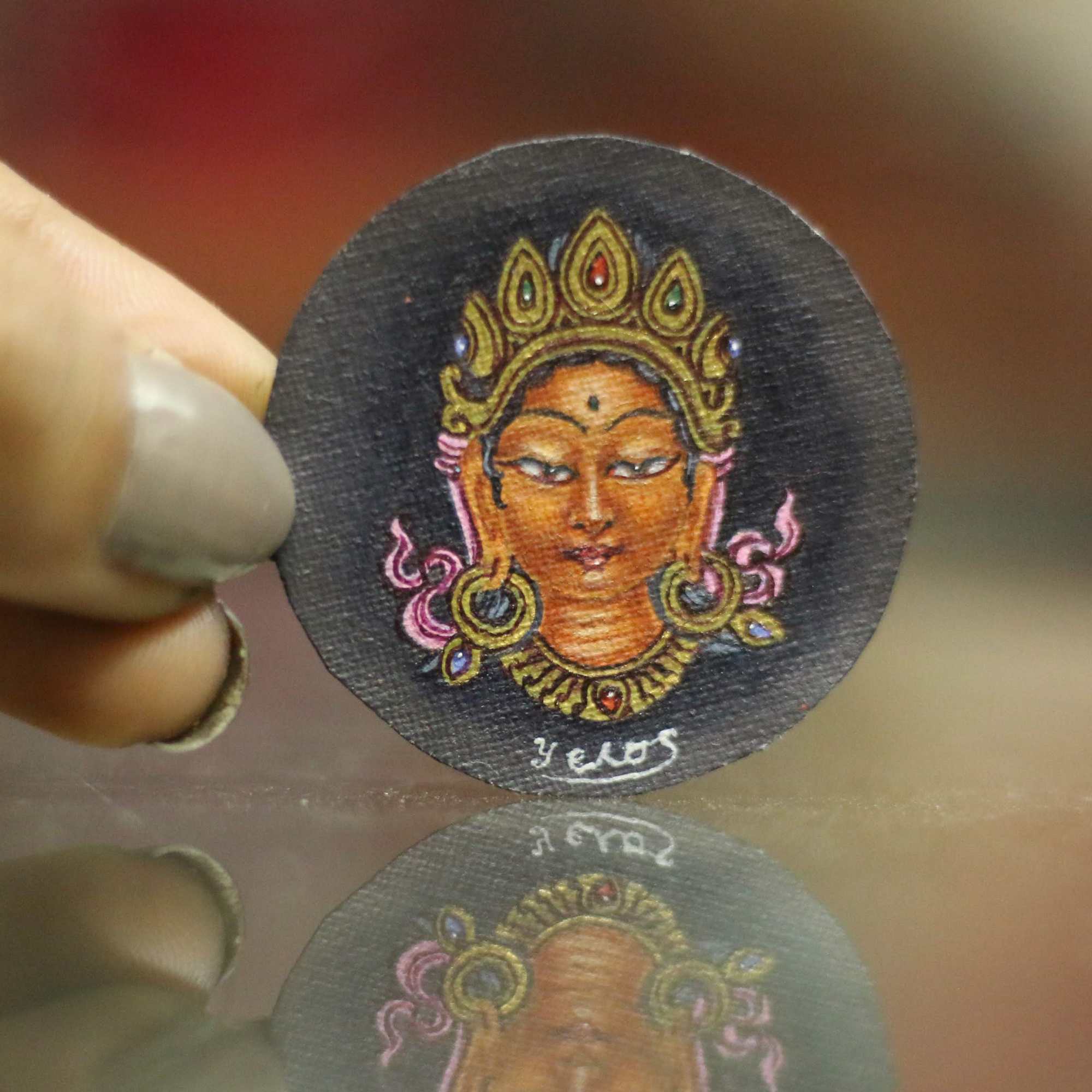 of Green Tara,
of Green Tara, 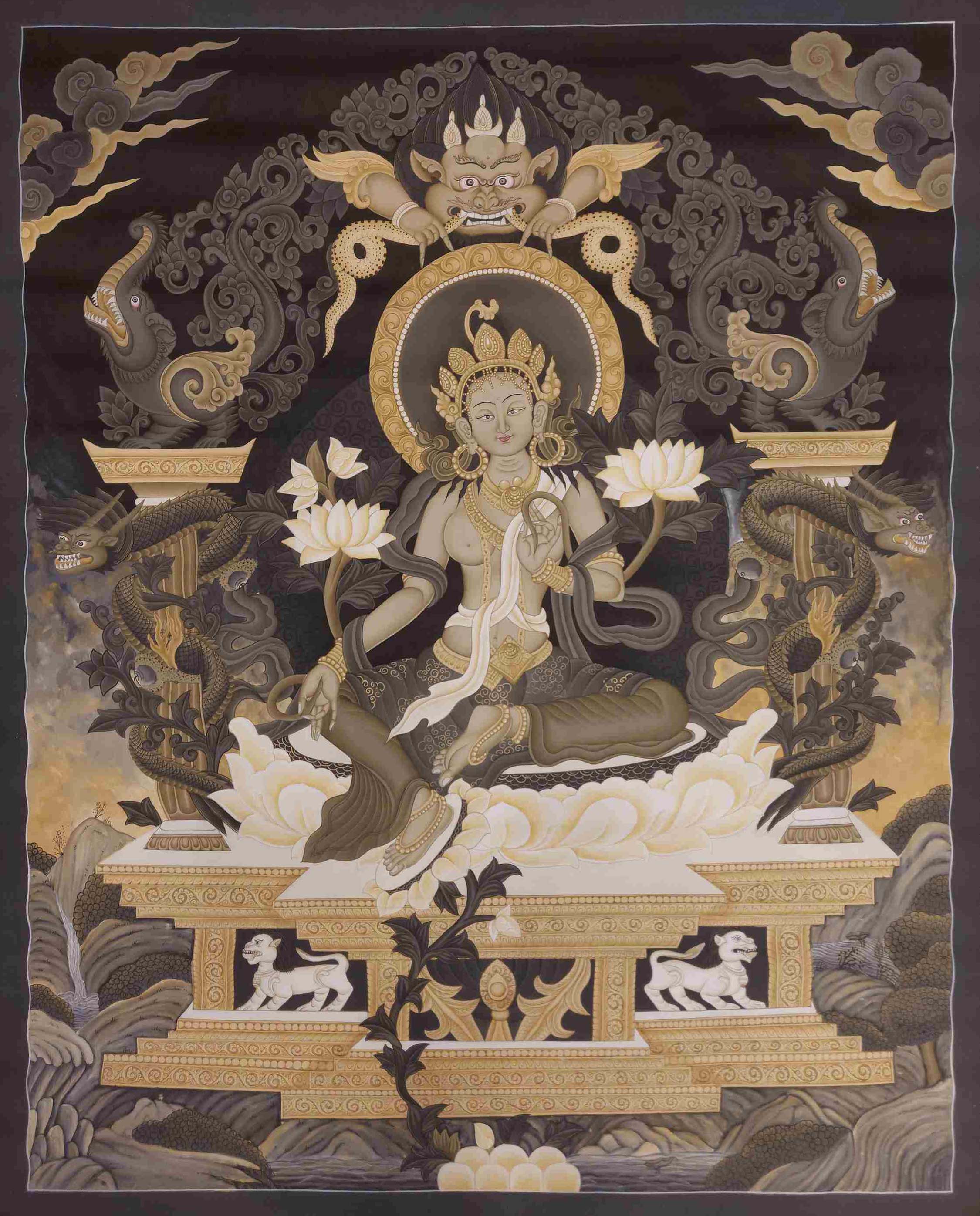 of
of 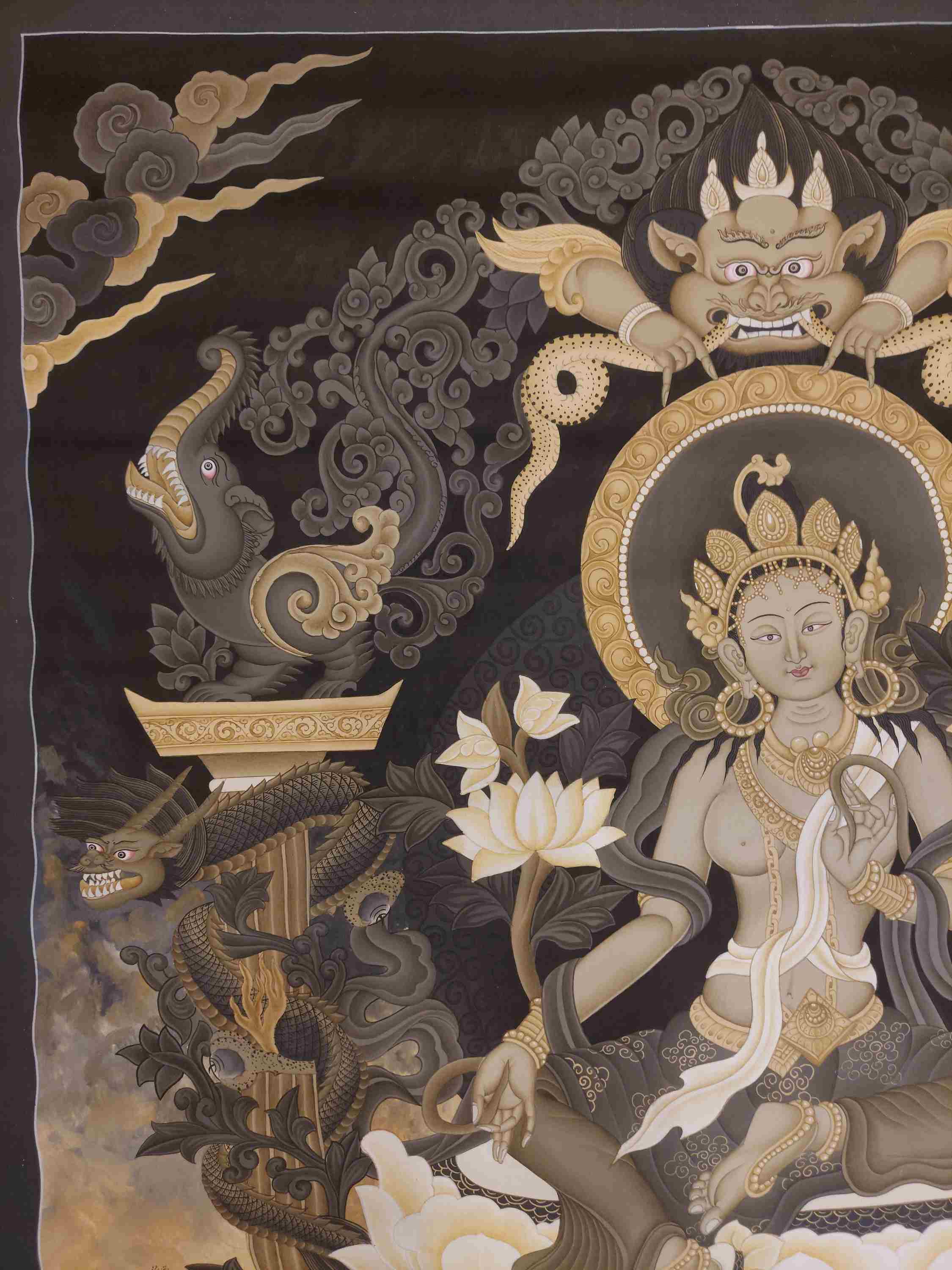 of
of 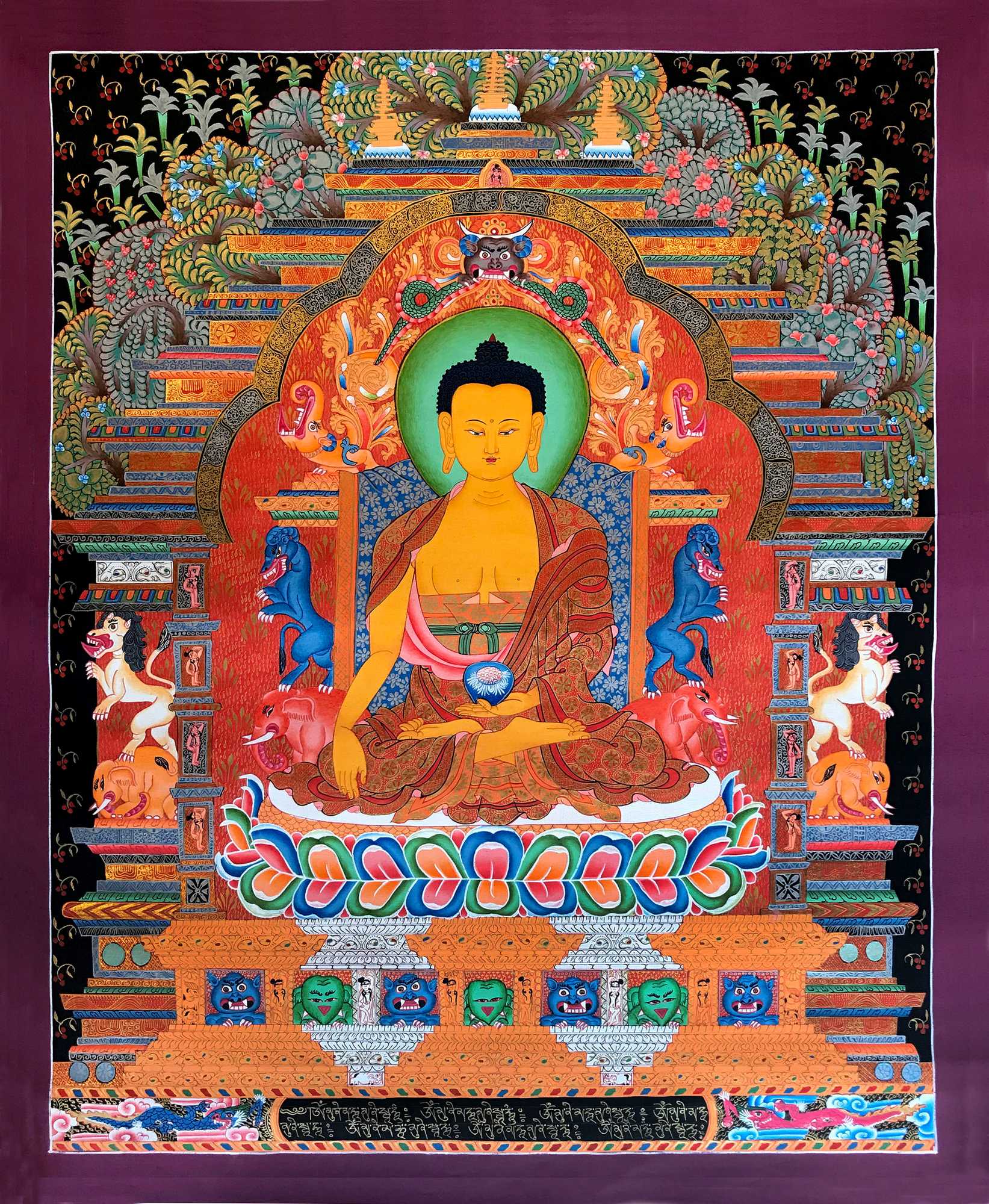 of Shakyamuni Buddha In
of Shakyamuni Buddha In 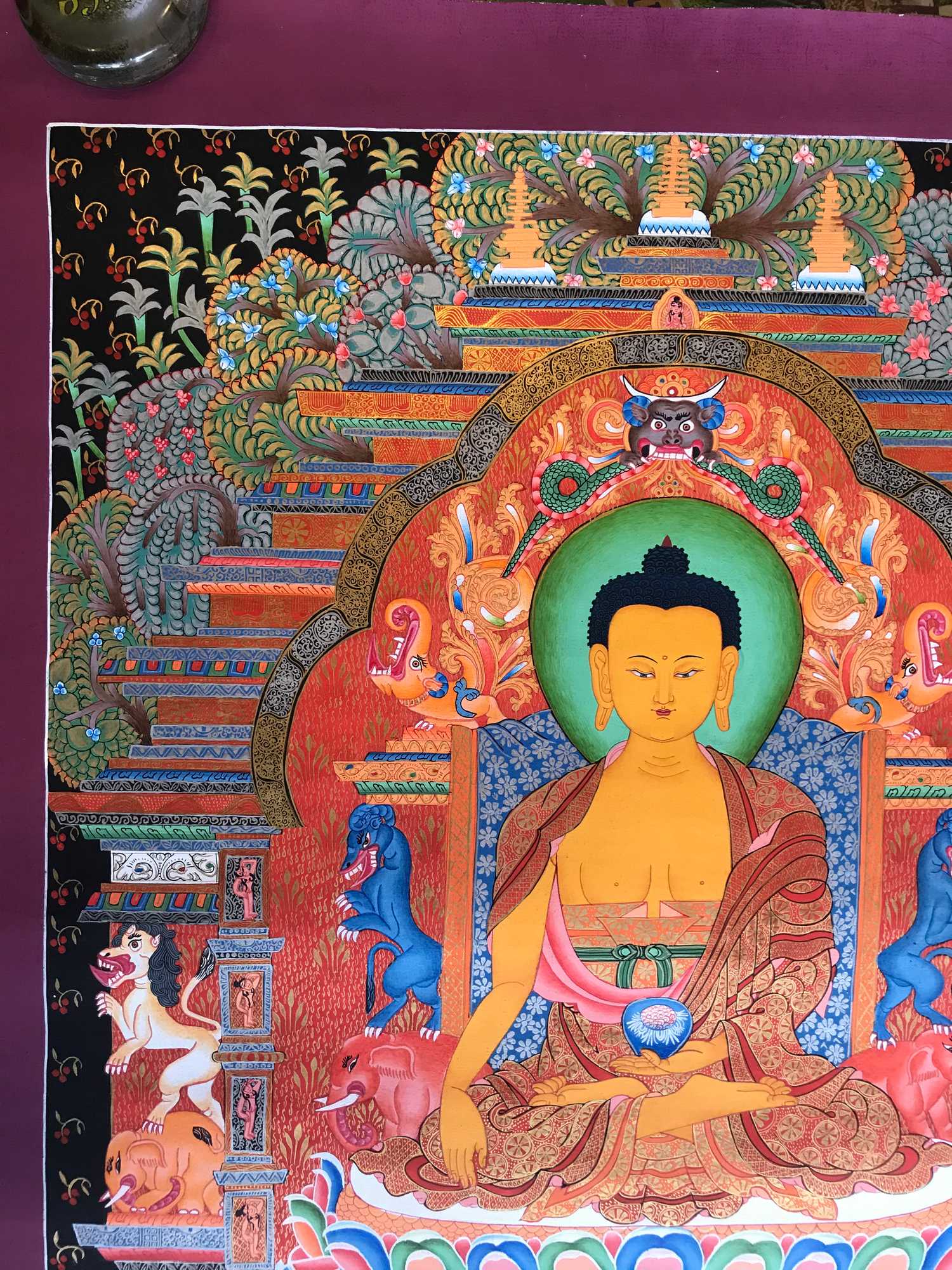 of Shakyamuni Buddha In
of Shakyamuni Buddha In 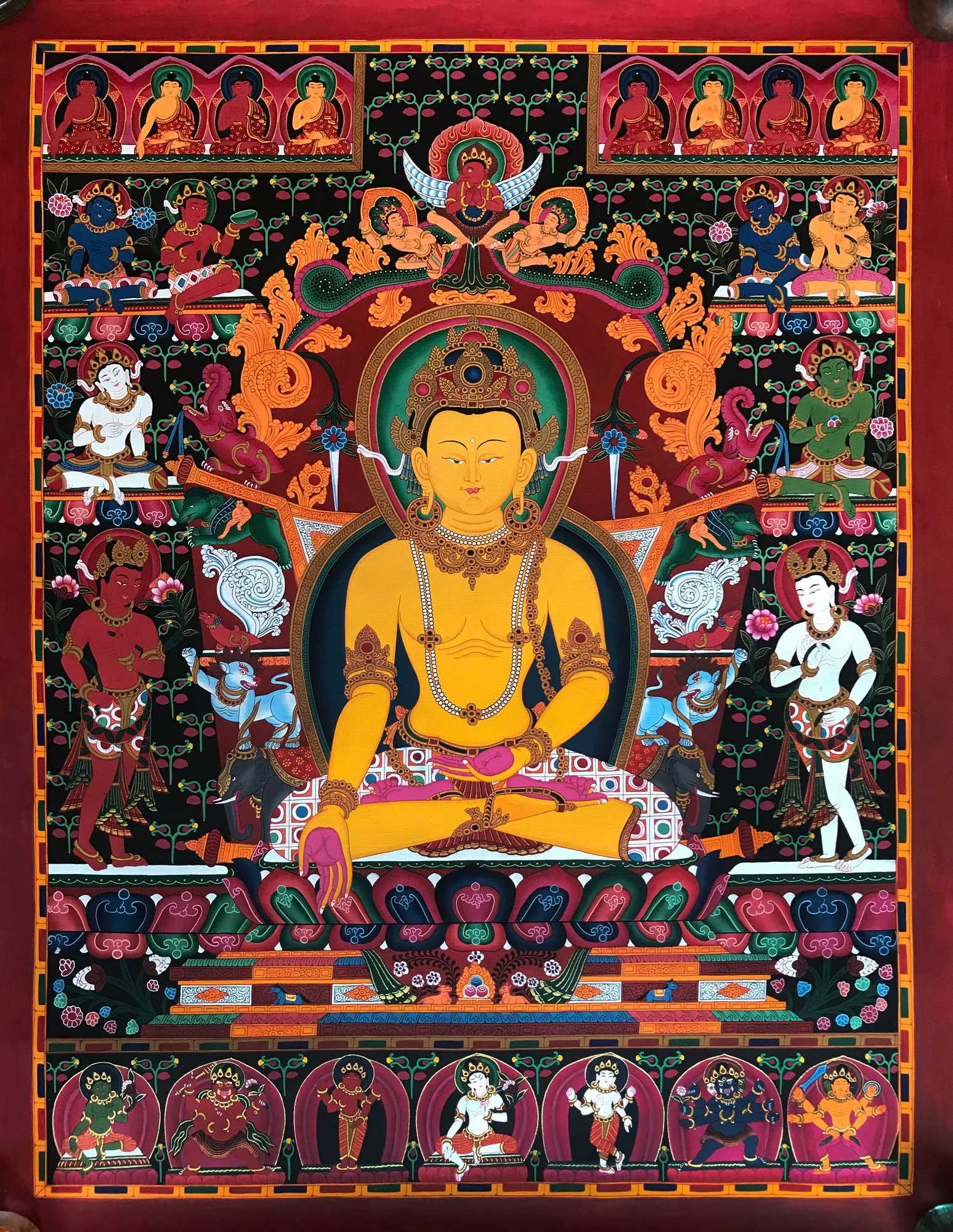 of Rantasambava Buddha In
of Rantasambava Buddha In 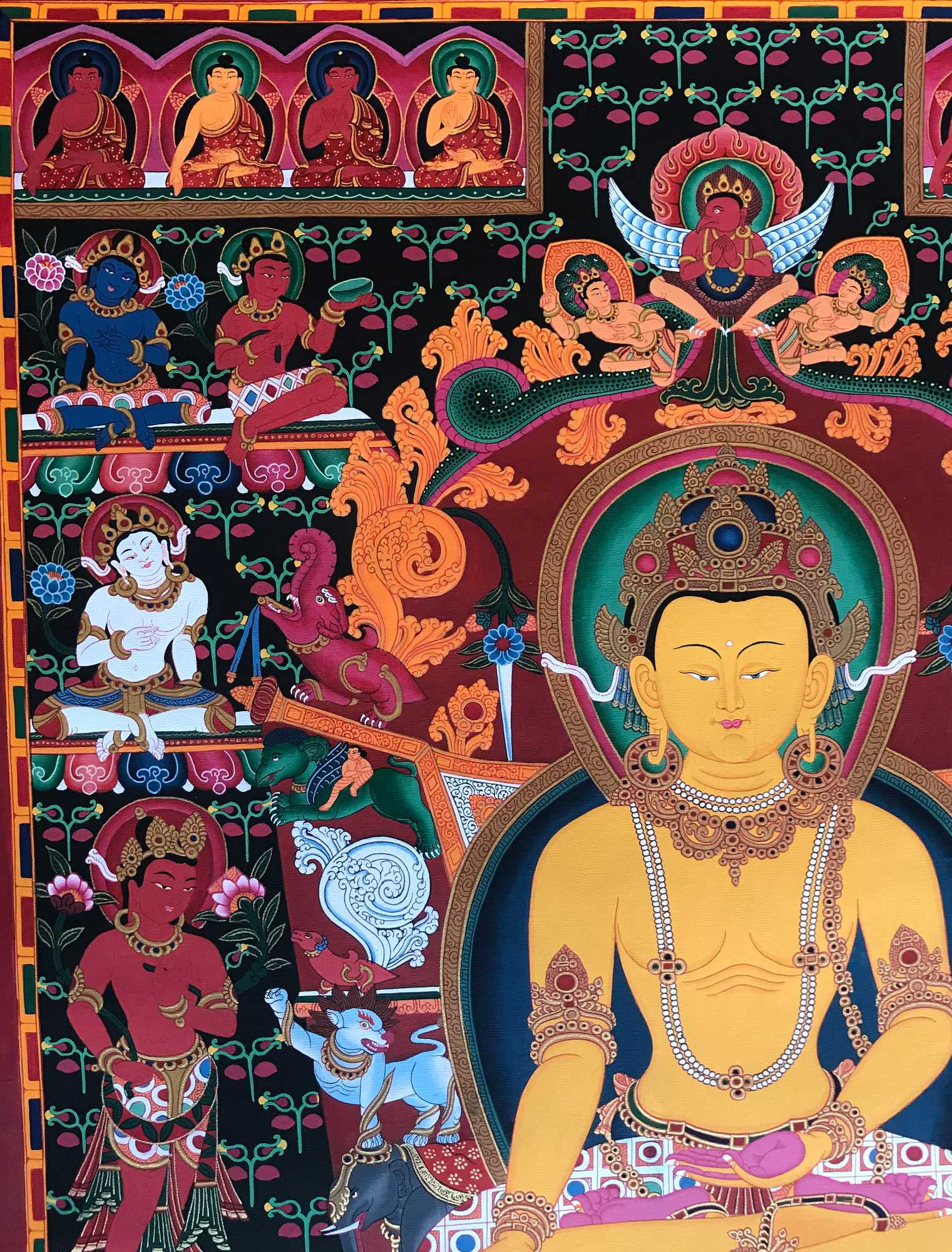 of Rantasambava Buddha In
of Rantasambava Buddha In 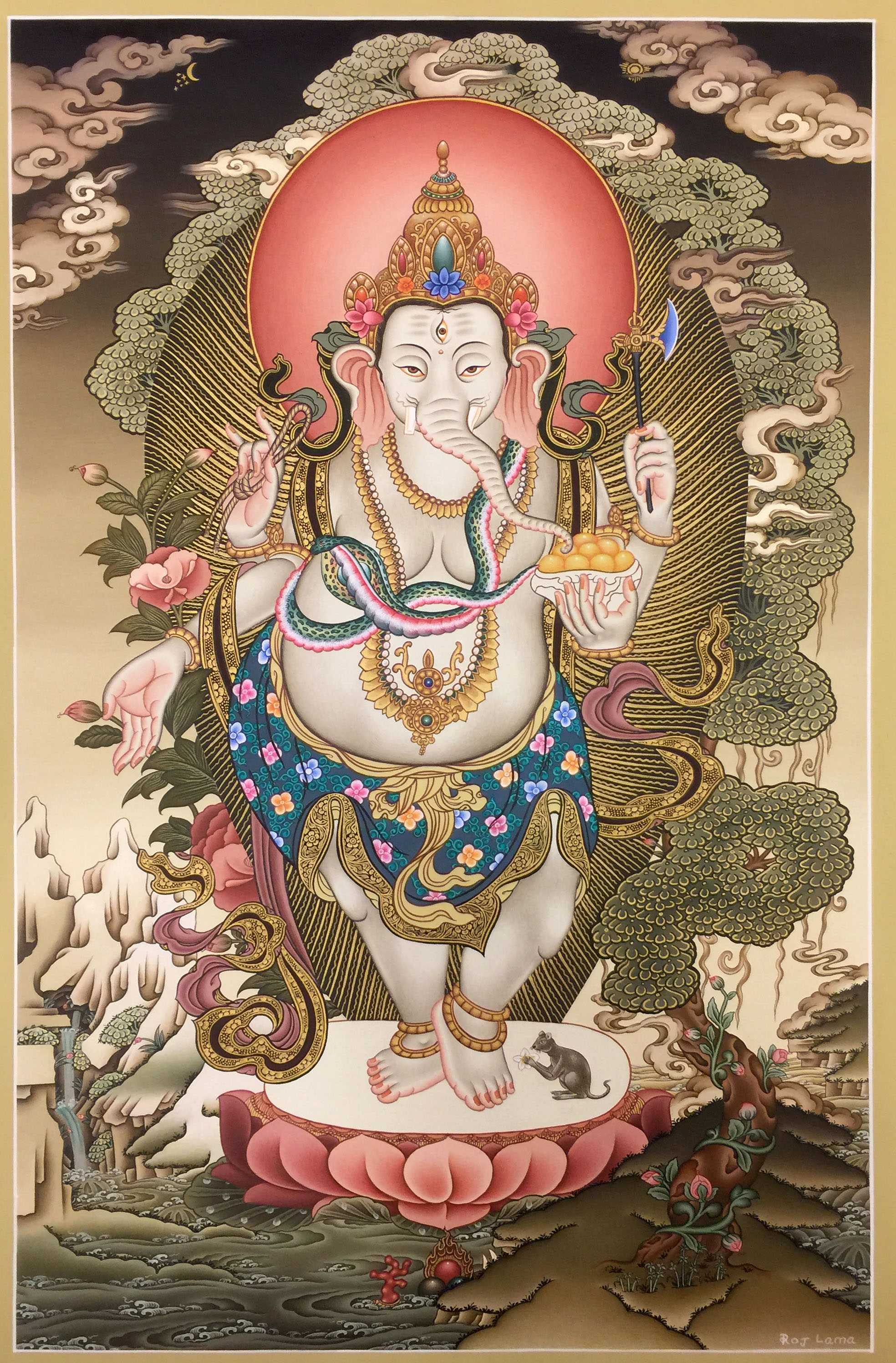 Master Quality Newari Paubha
Master Quality Newari Paubha 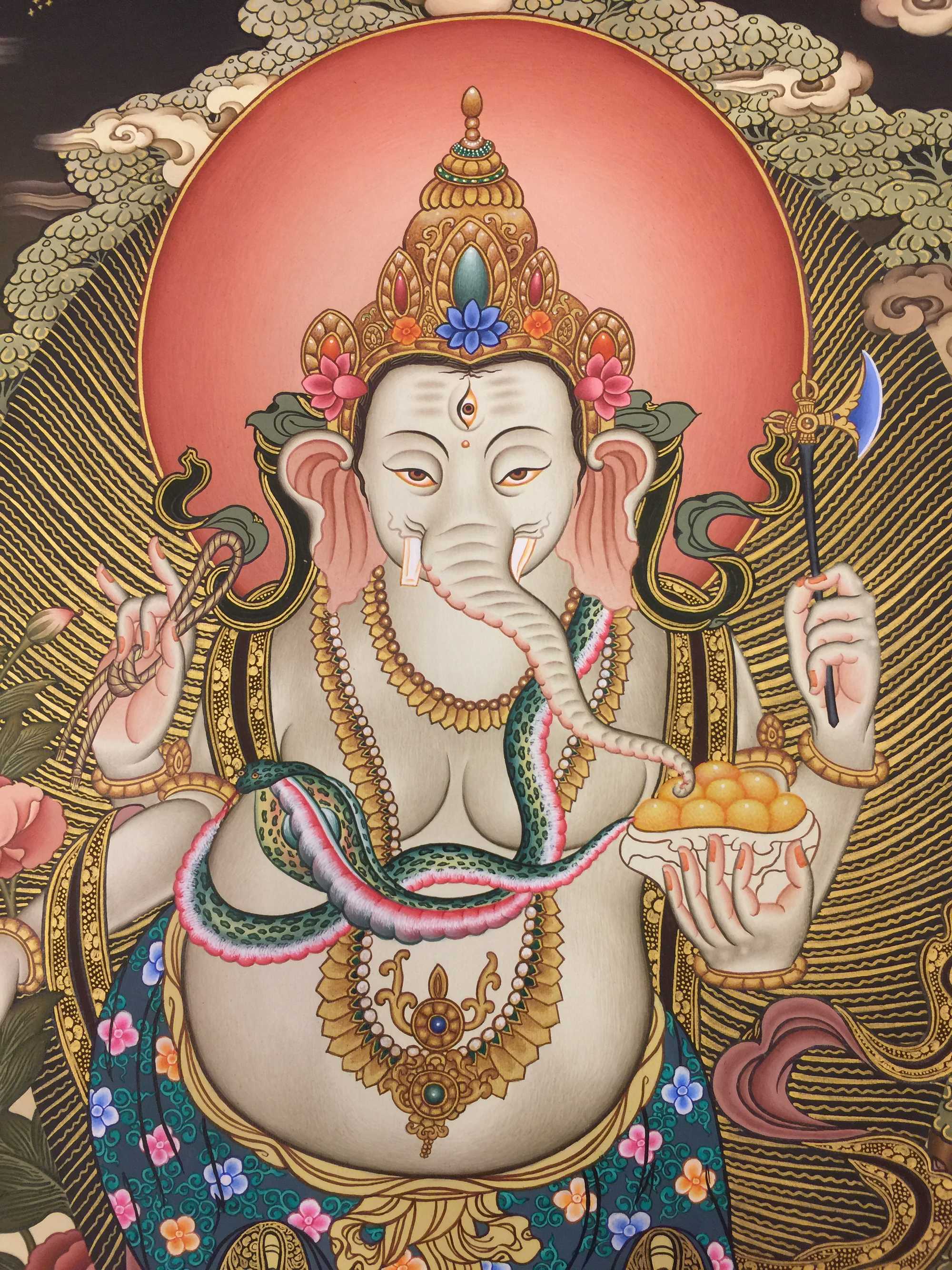 Master Quality Newari Paubha
Master Quality Newari Paubha